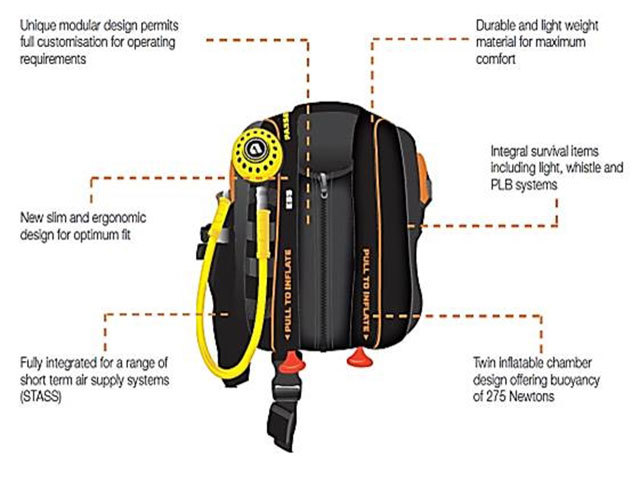
Training for the new Emergency Breathing System (EBS) will be rolled out next month ahead of fast-tracked rules for implementation of the safety measures which come into force in January.
The Civil Aviation Authority (CAA) is expected approve the new breathing apparatus by the end of the month with first batch of approved equipment arriving in July.
Booking for training sessions will begin around July 7. According to the Helicopter Safety Steering Group (HSSG) training will be delivered in three stages based on region.
First the Northern North Sea, including Scatsta and Sumburgh, second the Southern North Sea, including Norwich, Humberside and Blackpool, and finally the Central North Sea which includes Aberdeen.
Under the proposed changes passengers will have to conduct a pre-flight inspection of the equipment, put on a flight jacket correctly, conduct a buddy check and carry out an emergency deployment of the EBS in a dry environment before they can go offshore.
The deployment of EBS is a direct result of various safety rules proposed by the CAA.
Initially, the CAA had said that from June 1 passengers would only be able to fly offshore if they had emergency breathing equipment or the helicopter had an extra flotation system.
If neither of these was in place by the strict deadline, only window seats could be occupied on helicopters, meaning far fewer workers could be flown offshore.
After talks with industry leaders, the CAA announced in May it would put back the deadline until September 1.
However, it also said that it would significantly bring forward the date from which the improved emergency breathing system will be compulsory, now January 1 next year, rather than April 1, 2016.
Recommended for you
